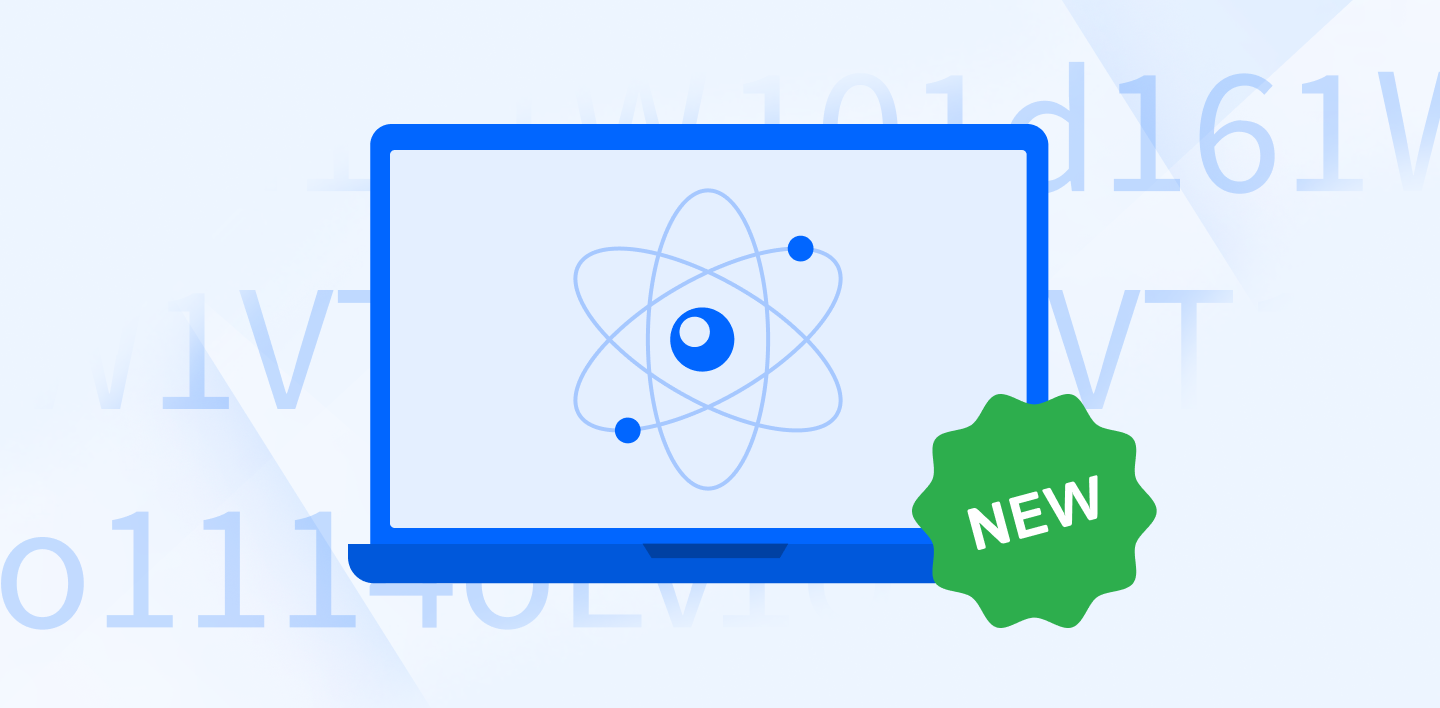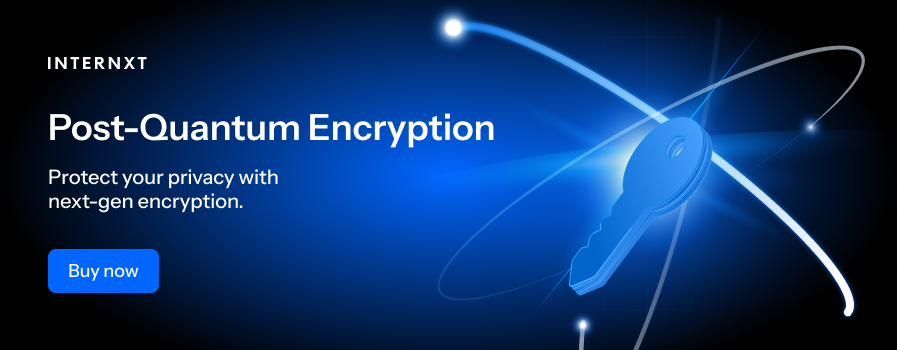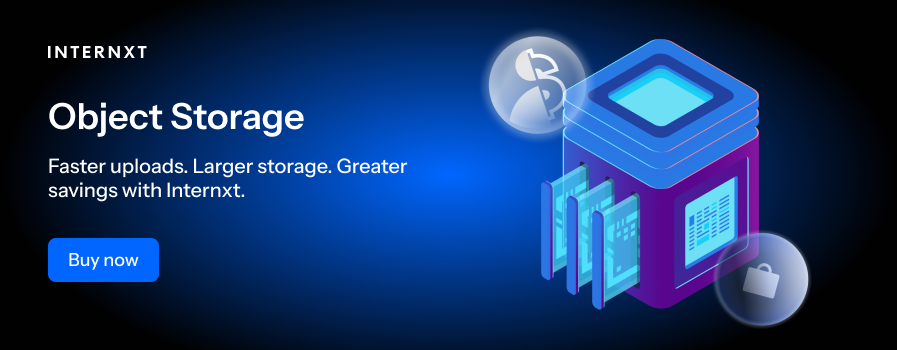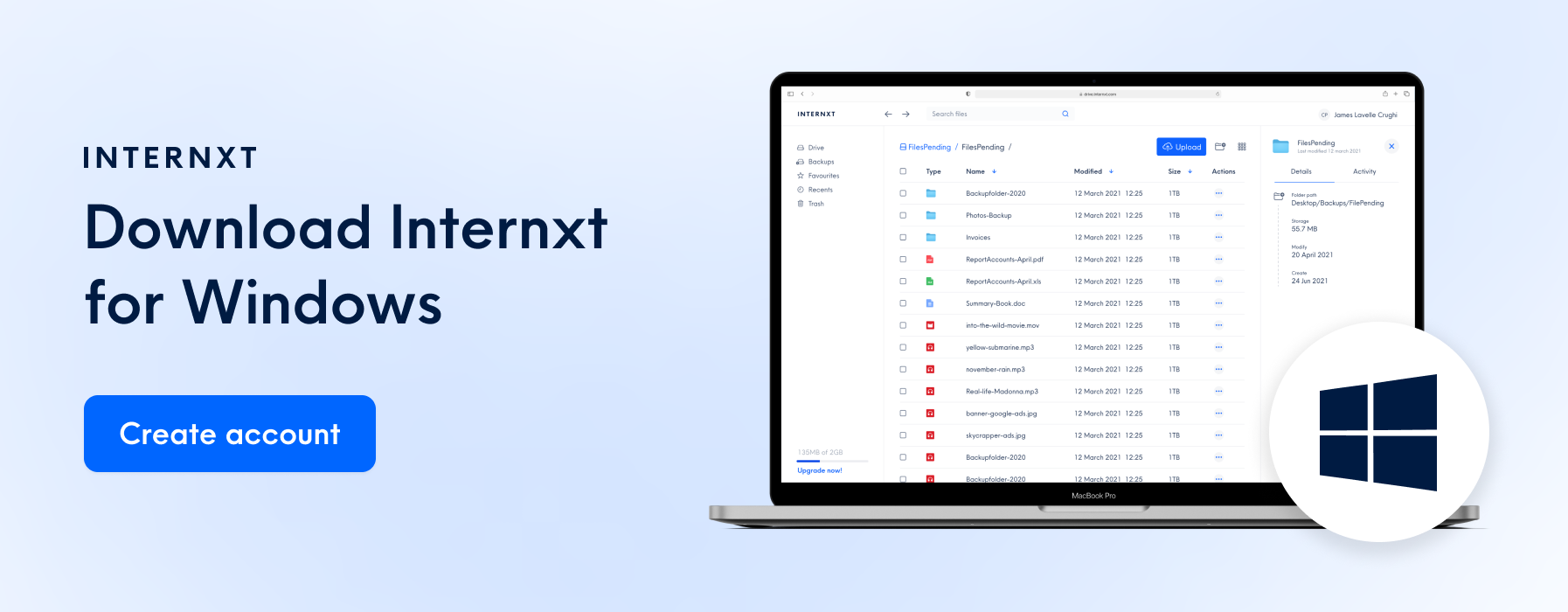Internxt Becomes The First Cloud Storage With Post-Quantum Cryptography

Internxt is proud to be one of the first cloud storage companies to protect business and individual data with the world’s most advanced encryption, post-quantum cryptography.
Our post-quantum encryption protects your files and data from the potential threats of quantum computers that hold the power to break current encryption protocols due to their superior ability to solve complex algorithms in minutes or even seconds.
Internxt has successfully implemented post-quantum cryptography in Drive thanks to developments in post-quantum cryptography by the National Institute of Standards and Technology. The NIST worked with the world’s best cryptographers to devise encryption methods to resist attacks from quantum computers.
This article will provide an in-depth review of how quantum computers work, the potential problems they can cause to business and personal data, and how post-quantum cryptography is the new leading technology to protect against future threats.
Table of contents
- What is PQC?
- How do quantum computers work?
- How does post-quantum cryptography work?
- What encryption does Internxt use?
- Post-quantum cryptography use cases
- Cloud storage
- AI and Machine Learning
- Online transactions
- Government and Military communication
- Digital signatures and identity verification
What is PQC?
Post-quantum cryptography creates algorithms that are resistant to quantum attacks, protecting key industries such as financial, healthcare, governments, and cloud storage against cyberattacks.
Most cloud providers currently use AES-256 encryption, which converts your files into unreadable ciphertext using a 256-bit key. This key is a unique string of 256 ones and zeroes that acts as the "lock" for encrypting and decrypting your data.
This guarantees security because only authorized users with the correct key can access the original data, preventing hackers from reading or stealing your information.
The current problem, however, is that quantum computers have the power to break these encryption protocols, as they can solve problems that would take traditional computers hundreds of years to crack in mere seconds.
A recent example of the power of quantum computers is Google’s quantum chip, Willow. The quantum power of this chip solved a problem that would take a conventional supercomputer around 10 septillion (10,000,000,000,000,000,000,000,000,000) years to solve.

PQC, therefore, is the dedicated effort to define standards and implement new algorithms to resist attacks by classical and quantum computers.
It’s important to note that you don’t need a quantum computer to use post-quantum cryptography.
All of the standards by NIST will run on your device, meaning with Internxt, you get the power of post-quantum and zero-knowledge encrypted cloud storage directly on your device with your Internxt personal or business account.
How do quantum computers work?
Traditional computers function by using bits, which store units of information as either a zero or a one, meaning they
Quantum computers, on the other hand, use qubits, which can be both a zero and a one, or a weighted combination of both a zero and a one. This process is known in quantum mechanics as superposition (a particle that can represent a combination of multiple possibilities.)
To process a complex problem, such as factoring large numbers—an essential challenge underlying encryption algorithms like RSA—classical bits are limited, as they become bound by holding and processing large amounts of information.
Because qubits can maintain a state of superposition, they can approach problems much more effectively and quickly than classical computers, as shown by this comparison.
For example, a classical computer searching for a specific key hidden in a vast library would check each book one by one until it finds the key. Using the power of superposition, a quantum computer can examine multiple books simultaneously, drastically speeding up the search and finding the key much faster.
Theoretically, therefore, the way quantum computers work means they can solve complex algorithms of current encryption protocols and expose encrypted data, leading to problems such as:
- Breaching personal data from governments, financial or healthcare organizations.
- Identity theft by decrypting data to steal personal details for crimes such as identity theft and fraud.
- Messages or emails can be intercepted and read.
- Compromised digital infrastructure systems (VPN, HTTPS, banking) could also be compromised.
Thanks to post-quantum cryptography like that used at Internxt, our data is secured by the world's most advanced technology to keep our personal and business data in total privacy.
How does post-quantum cryptography work?
Now we know how quantum computers work, post-quantum cryptography uses quantum mechanics to handle operations classical computers can’t handle, such as factoring large numbers, which could break RSA encryption using Shor’s algorithm.
Post-quantum cryptography mitigates this risk by relying on mathematical problems that quantum computers can’t solve despite their advanced power.

One of the most promising methods, widely featured in submissions to the NIST competition, is lattice-based cryptography. It uses structures called lattices, which are like grids of points in many dimensions with an infinite number of possible vectors.
The security of lattice-based cryptography is based on hard problems like the Shortest Vector Problem. This involves finding the shortest line between points in the lattice, a complex task that even quantum computers can’t solve efficiently.
What encryption does Internxt use?
Internxt Drive has implemented Kyber-512 post-quantum encryption selected by the NIST to protect against the future threats of quantum computers. Kyber-512 aims at security roughly equivalent to AES-128, the current security standard other cloud providers use.
NIST chose this encryption protocol for its comparatively small encryption keys that two parties can exchange easily, as well as its speed of operation and lattice-based cryptography mentioned earlier. Here’s an overview of how the encryption method works.
-
Key Generation
First, two pieces of information are created: one is kept secret (the private key), and the other is shared publicly (the public key). The public key is created using some random values to make it secure. -
Encrypting the message
To send a file, the sender uses the public key and some random values to create an encrypted message called ciphertext. They also create a secret code the shared secret that both the sender and recipient can use. -
Decryption
The recipient uses their private key and the ciphertext to reverse the process to decrypt and view the file.
By using Kyber-512 post-quantum encryption combined with our zero-knowledge policies, Internxt Drive is leading the security space with our secure cloud storage solution to offer the best way to store, share, and back up your personal or business plans in the cloud.
Our PQC is available for all Internxt Drive subscribers, and will soon be included in our upcoming Mail, Meet, VPN, and Antivirus products, choose your plan with Internxt to join the future of secure cloud storage!
Post-quantum cryptography use cases
As post-quantum will slowly become the new norm for corporations, here are some of the ways post-quantum cryptography can benefit the tech world.
Cloud storage
Although there are many private cloud storage solutions available, Internxt is the first to use post-quantum encryption for personal, business, and family cloud storage plans.
This offers future protection against the threats of quantum computers and the evolving threats of hackers, data breaches, ransomware, and any other threats that could happen due to technological advances.
With Internxt, you can store, share, and back up your files with our plans for up to 5TB of post-quantum encrypted cloud storage which you can also stack if you buy a lifetime plan and pay with crypto for more privacy online.

Businesses can also benefit from storing sensitive financial and health records, as well as confidential documents, for a team of up to 100 users.
As a GDPR-compliant company, Internxt offers businesses additional protection as it complies with strict European privacy laws. Additional security measures, such as access logs, also help account managers monitor accounts for unauthorized access.
Get started with any personal cloud storage, business, or S3 storage plans from our website.
AI and Machine Learning
As AI is becoming an integral part of all aspects of our lives, the possibilities for post-quantum cryptography in this field are limitless, as quantum computers can push AI learning models to new heights.
Work in this field is researching how quantum algorithms can analyze datasets to speed up machine learning problems and identify risks for cybersecurity systems, manufacturing, and more.
Online transactions
Post-quantum cryptography helps e-commerce, banks, or other institutions secure online banking and e-commerce transactions with quantum-resistant algorithms, helping prevent fraud and other financial crimes.
Government and Military communication
Governments and military organizations rely on secure communications. Post-quantum cryptography can safeguard sensitive information, including classified documents and strategic communications, ensuring they remain protected even against powerful quantum attackers.
Digital signatures and identity verification
For online contracts, identity verification, and securing documents, post-quantum cryptography can protect digital signatures from forgery, increasing the security and integrity of digital contract exchanges.

More information on PQC
For more information about quantum computers, PQC, and the post-quantum cryptography we use, you can visit these resources:
Get ready to join a more secure, private internet with Internxt Drive and protect all your files with award-winning post-quantum encryption designed to protect your data no matter the threats.

